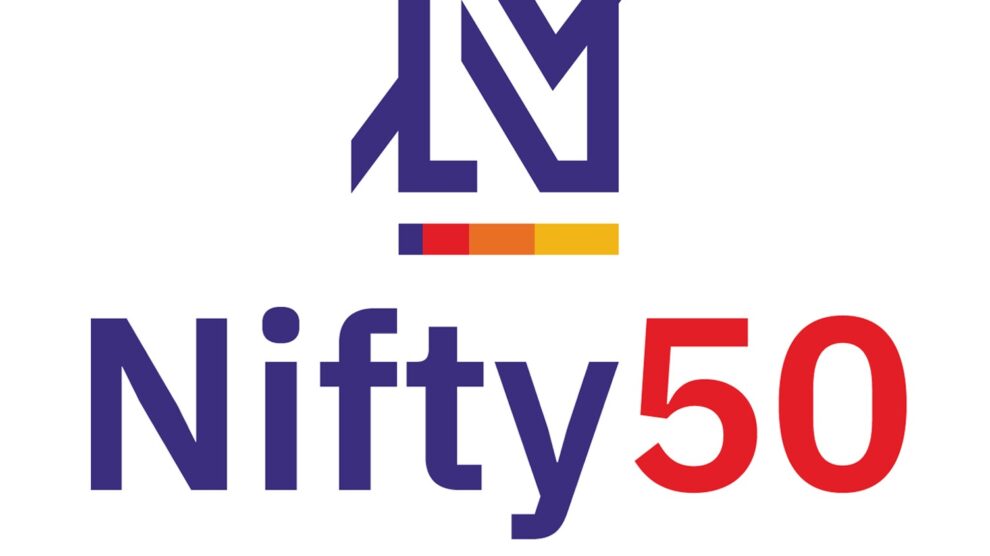The Nifty 50 is a benchmark index that represents the performance of the top 50 companies listed on the National Stock Exchange (NSE) of India. These companies are selected based on their market capitalization and liquidity, making the Nifty 50 a popular choice for investors looking to gain exposure to the Indian stock market. By investing in a Nifty 50 index fund or exchange-traded fund (ETF), you can potentially benefit from the growth and success of these leading Indian companies.
Opening a Nifty 50 account allows you to invest in this index and take advantage of the potential long-term growth of the Indian economy. With a Nifty 50 account, you can easily diversify your portfolio, as you’ll be investing in a basket of 50 stocks rather than trying to pick individual stocks. Additionally, investing in a Nifty 50 index fund or ETF often comes with lower fees compared to actively managed funds, which can help you maximize your returns over time.
In this comprehensive guide, we will walk you through the process of opening a Nifty 50 account, from choosing a broker or investment platform to funding your account and making your first investment. Whether you’re a seasoned investor or new to the world of investing, this guide will provide you with all the information you need to get started with investing in the Nifty 50.

So, let’s dive in and discover how easy it is to open a Nifty 50 account and start your journey towards long-term wealth creation in the Indian stock market.
Step 1: Choose a Broker or Investment Platform
To open a Nifty 50 account, you’ll first need to choose a broker or investment platform that offers Nifty 50 index funds or ETFs. Some popular options in India include:
- Zerodha
- Upstox
- SBI Securities
- ICICI Direct
- HDFC Securities
Consider factors such as fees, user interface, and additional features when selecting a broker or platform.
Step 2: Open a Demat and Trading Account
To invest in the Nifty 50, you’ll need to open a Demat (dematerialized) account and a trading account with your chosen broker or platform. A Demat account holds your electronic shares, while a trading account allows you to buy and sell securities.
Visit the website of your selected broker or platform and look for the account opening section. Fill out the online application form with your personal details, such as your name, address, date of birth, and PAN (Permanent Account Number).
Step 3: Complete the KYC Process
As per SEBI (Securities and Exchange Board of India) regulations, you’ll need to complete the Know Your Customer (KYC) process to open a Demat and trading account. This typically involves submitting proof of identity and address, such as a passport, PAN card, or Aadhaar card.
Follow the instructions provided by your broker or platform to submit the required documents, either online or in- person, at a designated KYC center.
Step 4: Fund Your Account
Once your Demat and trading accounts are opened and verified, you’ll need to fund your account to start investing. Most brokers and platforms offer various payment options, such as net banking, UPI (Unified Payments Interface), or bank transfers.
Log in to your account and navigate to the funds transfer section. Choose your preferred payment method and follow the instructions to transfer money from your bank account to your trading account.
Step 5: Choose a Nifty 50 Index Fund or ETF
With your account funded, you’re ready to invest in the Nifty 50. Research and compare different Nifty 50 index funds or ETFs available through your broker or platform. Some popular options include:
- UTI Nifty Index Fund
- HDFC Index Fund: Nifty 50 Plan
- ICICI Prudential Nifty Index Fund
- SBI Nifty Index Fund
- Nippon India ETF Nifty BeES
Consider factors such as expense ratios, tracking errors, and fund size when making your selection.
Step 6: Place Your Order
Once you’ve selected your desired Nifty 50 index fund or ETF, log in to your trading account and navigate to the order placement section. Search for the fund or ETF, using its name or ticker symbol.
Enter the amount you wish to invest or the number of units you want to purchase. Review your order details, including any fees or charges, and confirm your order.
Step 7: Monitor Your Investment
Congratulations! You have successfully opened a Nifty 50 account and made your first investment in the Nifty 50 index. Regularly log in to your account to monitor your investment performance, review your account statements, and make additional investments or redemptions as needed.
Remember that investing in the stock market carries risks, and the value of your investment can fluctuate. Consider your investment goals, risk tolerance, and time horizon when making investment decisions, and always diversify your portfolio to manage risk.
As a Nifty 50 investor, stay informed about market developments, economic indicators, and company-specific news that may impact your investment. Many brokers and platforms offer research reports, market analysis, and educational resources to help you make informed investment decisions.
Congratulations on taking this important step towards participating in the growth story of the Indian stock market through the Nifty 50 index. May your investments prosper and your financial future be bright!










Add Comment